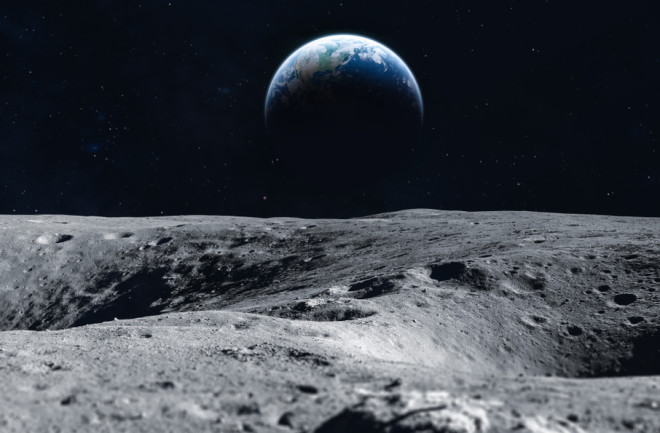With just how exciting 2022 was when it came to space news — from the reveal of the first images taken the James Webb Space Telescope to NASA crashing the DART spacecraft into an asteroid — it may seem like 2023 will be quiet in comparison.
However, that’s not the case. From expeditions throughout the solar system to new breakthroughs in commercial space travel, here are the biggest space missions to keep an eye on throughout 2023.
Read more: 6 Amazing Images From the James Webb Telescope in 2022
1. Bennu Asteroid Samples Return to Earth
Way back in 2016, NASA launched its OSIRIS-REx mission. The craft arrived at the asteroid Bennu in October 2020 to collect rock samples. OSIRIS-REx is estimated to return to Earth with the samples on Sept. 24, 2023, though that date could change as the year progresses.
Bennu is a small asteroid compared to others in the solar system, as it is about as wide as the Empire State Building is tall (around 1,450 feet [500 meters]). Of note, it has a 1-in-1,750 chance of hitting Earth on one of its close approaches to Earth in the late 22nd century, according to NASA.
However, those aren’t the reasons that scientists are studying Bennu. Rather, Bennu was selected because of its age. The asteroid has been around for more than 4.5 billion years, and its present-day composition was likely established within 10 million years of our solar system’s formation. This makes it a great candidate for studying what the early solar system might have been like.
2. Boeing and SpaceX Continue Human Launches to Space
As 2023 rolls around, Boeing and SpaceX will continue to compete to launch humans into Space as a part of NASA’s Commercial Crew Program (CCP). In February, SpaceX will attempt its sixth launch for the CCP, sending four astronauts to the International Space Station.
Boeing, meanwhile, has lagged behind SpaceX a bit in terms of launches, but will be attempting the first crewed launch of its Starliner craft, including two NASA astronauts, as a part of NASA’s CCP in April. This launch will mark the final test that Boeing needs to pass before it can use the Starliner to regularly send astronauts to the ISS.
3. Multiple Countries Shoot for the Moon
Russia hasn’t sent a probe to the surface of the Moon since Luna 24 in 1976, but that isn’t stopping it from going back. As of late 2022, Russia is now planning on launching their Luna 25 lander in 2023. The craft will attempt to land near Boguslawsky crater in the Moon’s south polar region to study components of the lunar polar exosphere.
Closer to the equator, India aims to launch its third lunar mission in mid- to late-2023. The Chandrayaan 3 launch was originally slated for August 2022, but was pushed back to complete more vital tests. If successful, Chandrayaan 3 will land in the highlands near the south pole of the Moon.
Finally, two lunar landers will launch from the U.S. in 2023. Houston-based company Intuitive Machines’ Nova-C craft will take off in March 2023. If successful, it will become the first U.S. spacecraft to land on the Moon since Apollo 17 in 1972. Meanwhile, Astrobotic Technology’s Peregrine Lunar Lander is tentatively scheduled to touch down on the Moon’s surface in the first quarter of 2023. The Peregrine’s primary mission objectives will to be study the Moon’s exosphere, magnetic fields and other characteristics.
4. Europe’s JUICE Mission
In April 2023, the European Space Agency will send their Jupiter Icy Moons Explorer, or JUICE, off to Jupiter. Upon entering orbit around Jupiter in 2031, JUICE will make detailed observations of the gas giant’s three large ocean-bearing moons: Ganymede, Europa and Callisto. These observations will allow astronomers to study the three moons, as well as Jupiter’s environment, in unprecedented detail.
JUICE will fly by Ganymede and Callisto at least 12 times each, and Europa at least twice. In the final phase of its projected two-year mission, JUICE will orbit around Ganymede for about nine months, studying the moon even more closely. This will mark the first time a spacecraft has orbited around another moon in the solar system other than our own Moon.
5. SpaceX Plans to Launch its Starship Craft into Orbit
Over the past few years, SpaceX has made a name for itself in the aerospace industry. Now, the company is going to try and make even more history.
Sometime in early 2023, either late February or March, SpaceX will attempt to use its Super Heavy first-stage rocket booster to launch its second-stage spacecraft, Starship, into orbit. The two are collectively referred to as “Starship,” and the company plans to use them in the future as a fully reusable transportation system for both cargo and humans, according to SpaceX.
The company has planned several uses for Starship, including delivering satellites into Earth’s orbit and landing cargo and crew on the Moon and Mars. Launching Starship into orbit around Earth is just the first test to see if it can handle those future tasks.
So, whether it’s with intent or by accident, when you look up in the stars in 2023, you may be witnessing a breakthrough in space exploration.

